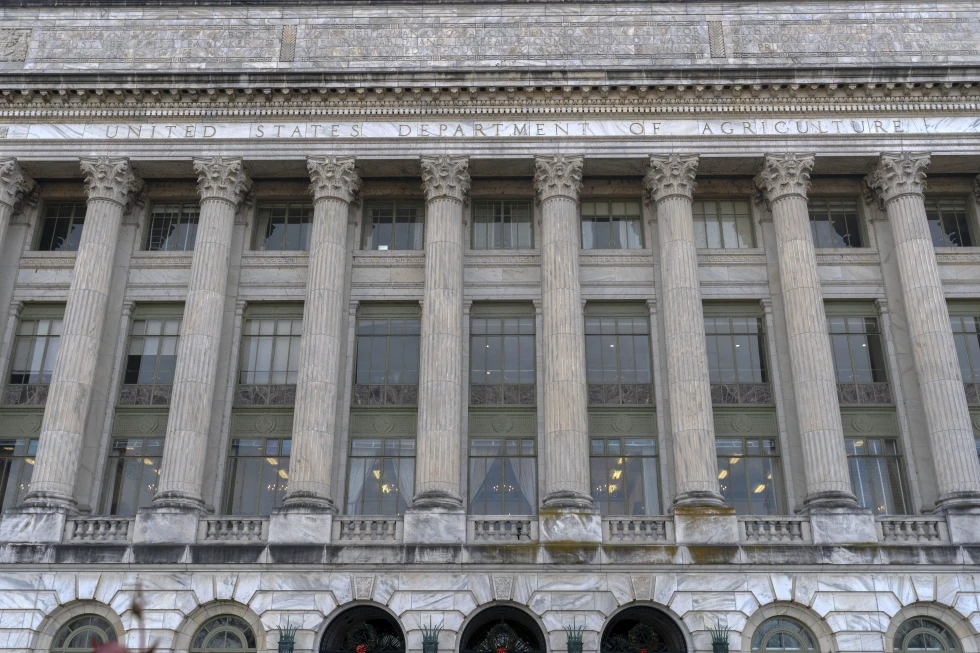As part of Musk’s effort, the Trump administration has fired thousands of federal workers without warning. It offered government employees a “deferred resignation” program that wasn’t authorized by Congress and gutted agencies without similar legislative authorization, though sometimes judges intervened. The technology mogul and world’s richest person has pledged to save trillions of taxpayer dollars by cutting costs.
Those familiar with the Clinton-era Reinventing Government push say it holds lessons for both how to remake the federal bureaucracy and the comparatively meager savings that can be achieved from such an effort.
“We did it without a constitutional crisis,” said Elaine Kamarck, who ran Reinventing Government as a senior Gore adviser in the 1990s. “Unlike these people, we didn’t think there were vast trillions in efficiencies. … Their mandate is only to cut. Our was: Works better, costs less.”
Kamarck said the initiative grew to a 400-person staff recruited from existing workers within the federal agencies. They set about making the government more efficient and focused on customer service, introducing private sector-style metrics such as performance standards for workers.
The Reinventing Government team also pushed the workforce to embrace a brand new technology — the internet. Many governmental web sites and programs, including the electronic filing of income taxes, date back to the Reinventing Government initiative.
Gore appeared on the David Letterman late night television show and smashed a government ash tray with a hammer to symbolize his crusade to eliminate waste. The government ended up giving out “hammer awards” to employees who came up with ways to cut red tape and improve service, recalled Don Kettl, an emeritus professor of public policy at the University of Maryland.
“Liberating employees and seeing employees as a better part of the system was a big piece of it,” Kettl recalled. “One important difference is the Trump administration sees federal employees as the bad guys, and the Clinton administration saw federal employees as good guys.”
The Clinton administration also worked with Congress to authorize $25,000 buyouts for federal workers and ended up eliminating what Kamarck said were more than 400,000 federal positions between 1993 and 2000 through a combination of voluntary departures, attrition and a relatively small number of layoffs.
Kettl said the job cuts didn’t save money because the government had to turn around and hire contractors to perform the tasks of workers who left — something he worries will happen again if Musk and Trump continue to slash the federal workforce.
Chris Edwards, who edits DownsizingGovernment.org at the conservative Cato Institute in Washington, said buyouts symbolize the important difference between the Clinton effort, which he called “moderately successful,” and the current DOGE campaign — the involvement of Congress.
The Republicans who control Congress today have let Musk move ahead with his changes without them, even though the Constitution states that the legislative branch approves spending and federal law prohibits the president from cutting programs Congress has authorized without its permission. Clinton was the last president to successfully seek that permission, with Congress accepting $3.6 billion in cuts he proposed.
Trump and Musk have made only vague promises about submitting cuts to Congress. Without its involvement, any savings will be fleeting, Edwards said: “None of these changes DOGE wants to make will be permanent,” he said.
Few Republicans have suggested greater involvement by Congress.
“It requires speaking out. It requires saying, ‘That violates the law, that violates the authorities of the executive,’” said Sen. Lisa Murkowski, a Republican from Alaska.
Kamarck estimated the total savings of Reinventing Government at $146 billion — a considerable amount, but still only a tiny sliver of the federal budget. She contrasted the slow, deliberative and collaborative approach her team took with Musk’s breakneck pace, led by a team of young outsiders he has brought in to slash agencies and their workforce.
The reason Reinventing Government moved slowly, Kamarck said, was that it didn’t want to interfere with the myriad crucial roles of government while restructuring it. Musk seems to have few such concerns, she fears.
“The stakes in federal government failure are really, really high in a way they’re not in the private sector,” Kamarck said. “We really worried about screwing things up, and I don’t think these guys are worried enough about screwing things up, and it’ll be their undoing.”
___
Republished with permission of The Associated Press.

 Entertainment8 years ago
Entertainment8 years ago
 Entertainment8 years ago
Entertainment8 years ago
 Politics8 years ago
Politics8 years ago
 Tech8 years ago
Tech8 years ago
 Tech8 years ago
Tech8 years ago
 Tech8 years ago
Tech8 years ago
 Politics8 years ago
Politics8 years ago
 Tech8 years ago
Tech8 years ago








